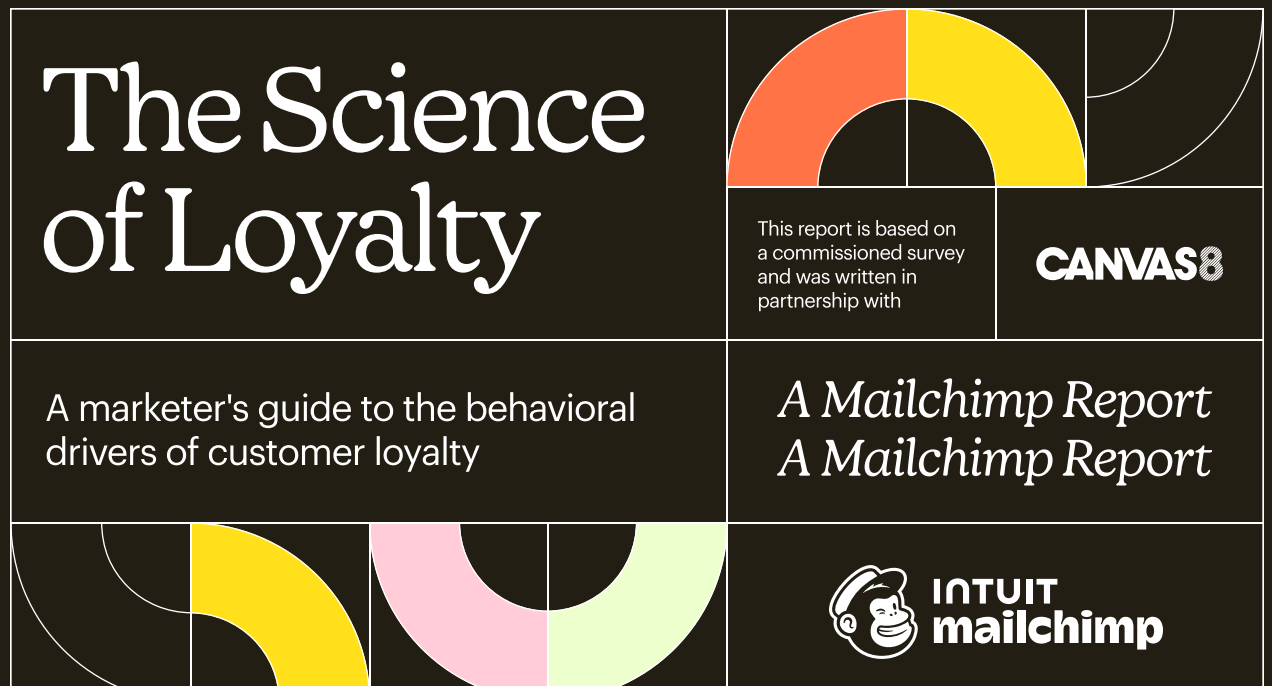Customer brand loyalty is essential for your business. Having customers buying from you again and again and again is important. Intuit Mailchimp’s study says that it’s SCIENCE, not luck. It’s ingrained into our human brains. To understand the underlying science behind loyal decision-making, Intuit Mailchimp partnered with strategic insights practice Canvas8 to interview experts in neuroscience, behavioral science, psychology, anthropology, and marketing. Get the full study here.
The four elements of customer loyalty include: Emotion, Memory, Reward and Social Interaction.
The summary of the Intuit Mailchimp study, powered by AI is below:
Introduction to Customer Loyalty as a Science
Customer loyalty has long been a strategic imperative for businesses, crucial for growth and resilience against competition. Loyalty is more than a repeated transaction; it’s a complex psychological and emotional bond. This blog post delves into the science behind customer loyalty, guided by insights from neuroscience, behavioral economics, and psychology, providing a detailed understanding of why customers remain loyal to brands.
Understanding the Neurobiological Drivers of Loyalty
Loyalty is a primal behavior, rooted in our neurobiology. It’s part of the history of mankind. Today, in modern times, these instinctive behaviors are channeled into consumer decisions, influencing our brand preferences and purchases. Let’s explore the four key neurobiological drivers that form the “Loyalty Wheel”: emotion, memory, reward, and social interaction.
Emotion: The Heart of Loyalty
Emotions play a crucial role in customer loyalty. The limbic system, which processes emotions, directly influences our loyalty decisions by linking feelings to brands. Emotional connections can turn habitual buying into loyal behavior. Brands that successfully connect with their customers on an emotional level are more likely to foster strong loyalty.
Memory: The Reservoir of Loyalty
Memory significantly shapes loyalty. Our past experiences with a brand form a mental database that influences future purchasing decisions. Brands that leave positive impressions create lasting memories, which reinforce customer loyalty. Negative experiences, conversely, can deter future interactions.
Reward: Reinforcing Loyalty through Pleasure
The brain’s reward system, particularly the release of dopamine in the mesolimbic pathway, is central to developing loyalty. This system rewards us for behaviors that are beneficial, reinforcing these actions and making them habitual. Brands that effectively tap into this reward system can enhance customer loyalty through positive reinforcements.
Social Interaction: The Social Fabric of Loyalty
Humans are inherently social beings, and our purchasing decisions are heavily influenced by social interactions and perceptions. Social proof, or the influence of others’ actions and opinions, plays a significant role in our buying behaviors. Brands that can create a sense of community and belonging are more likely to build strong loyalty.
Integrating Neurobiological Insights into Marketing Strategies
To leverage these insights, brands should consider the following strategies:
- Foster Emotional Connections: Create marketing campaigns that resonate emotionally, aligning brand values with customer feelings.
- Enhance Reward Systems: Develop loyalty programs that provide real value, making use of the brain’s reward pathways to encourage repeat behaviors.
- Utilize Memory Effectively: Ensure all brand interactions are positive and memorable, turning every touchpoint into an opportunity to reinforce favorable memories.
- Leverage Social Influence: Use social proof and community-building strategies to strengthen the social aspects of loyalty, making customers feel part of something larger.
Conclusion: The Future of Loyalty
Understanding the science of loyalty provides a powerful tool for brands to create deeper, more meaningful relationships with their customers. By addressing the emotional, memory, reward, and social drivers of loyalty, brands can develop more effective marketing strategies that go beyond transactional relationships, building a loyal customer base that feels deeply connected to the brand. This scientific approach promises a more nuanced and sustainable model of customer loyalty, tailored to the complex human behaviors that drive our decisions.







